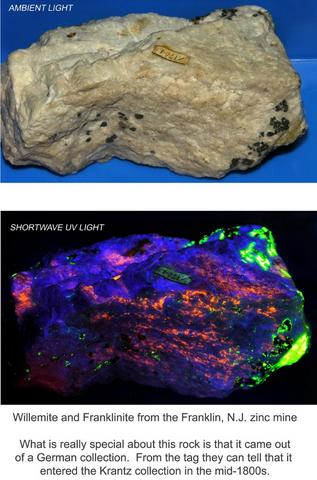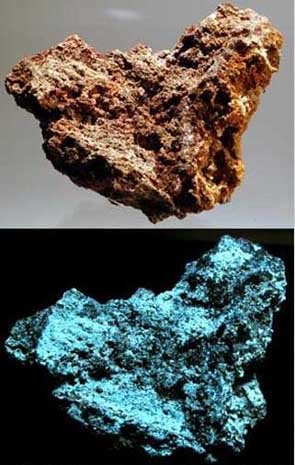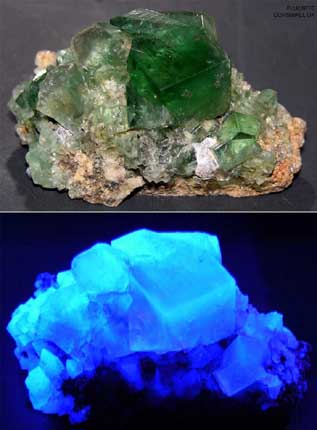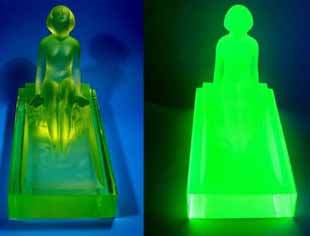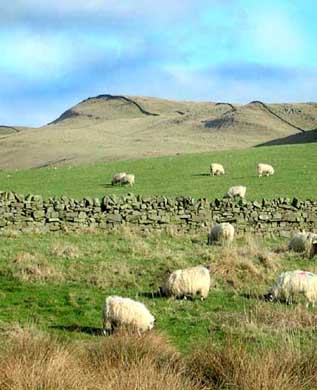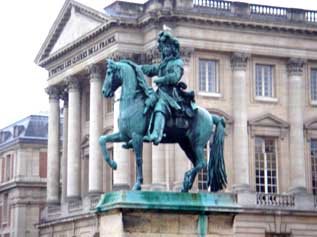Ansel Adams
I'm reading one of Ansel Adams' technical books. This one is called Natural-Light Photography and is from 1952. I just read a chapter on the miniature camera. This is his name for 35mm cameras. He is somewhat disparaging about the sharpness one is capable of getting in landscape photography when your negative is so small (36mm x 24mm), even when you are using the finest lens and the sharpest grained film. 
He says that one should at least use a medium format negative of 2-1/4 x 2-1/4 or one sized 2-1/4 x 3-1/4 inches. Of course he likes a 4 x 5 or 8 x 10 inch even more.
It is true that size does matter. Anyone who has had a large V8 engine knows that. But with finesse we now see cars with much smaller engines actually going faster than the ones with big V8 engines. The same is true with digital photography.
A great many fine, expensive digital SLR cameras use an APS-C sized sensor. About 23.6mm x15.7mm. Almost all Nikon and Canon DSLRs use this size of sensor. This is well under half the size of a 35mm film negative, or what we nowadays call a “full-size” sensor in a professional level digital SLR. I have shot some great landscapes and then had great prints made from them in the 20 x 30 inch size with this APS-C size of sensor.
With the “full-size” sensor it only gets better. The noise (grain) gets better; low light levels (high ISO) are less of a problem, and the same lenses give one much better wide angle shots. And if one is willing to forgo any cropping, one can normally get good 8 x 10 inch prints even from the cameras using the really teeny tiny sensors. The advantage h ere is that as the sensor gets smaller, so does the lens. So many of these cameras will easily fit unobtrusively in your shirt pocket.
ere is that as the sensor gets smaller, so does the lens. So many of these cameras will easily fit unobtrusively in your shirt pocket.
This all seems a bit incredible to me, but lets face it: It is now almost 60 years since this book by Ansel Adams was copyrighted. A lot of things have only improved slightly, but in the area of digital electronics the improvements have been incredible.
-
-
-
-
--
-

He says that one should at least use a medium format negative of 2-1/4 x 2-1/4 or one sized 2-1/4 x 3-1/4 inches. Of course he likes a 4 x 5 or 8 x 10 inch even more.
It is true that size does matter. Anyone who has had a large V8 engine knows that. But with finesse we now see cars with much smaller engines actually going faster than the ones with big V8 engines. The same is true with digital photography.
A great many fine, expensive digital SLR cameras use an APS-C sized sensor. About 23.6mm x15.7mm. Almost all Nikon and Canon DSLRs use this size of sensor. This is well under half the size of a 35mm film negative, or what we nowadays call a “full-size” sensor in a professional level digital SLR. I have shot some great landscapes and then had great prints made from them in the 20 x 30 inch size with this APS-C size of sensor.
With the “full-size” sensor it only gets better. The noise (grain) gets better; low light levels (high ISO) are less of a problem, and the same lenses give one much better wide angle shots. And if one is willing to forgo any cropping, one can normally get good 8 x 10 inch prints even from the cameras using the really teeny tiny sensors. The advantage h
 ere is that as the sensor gets smaller, so does the lens. So many of these cameras will easily fit unobtrusively in your shirt pocket.
ere is that as the sensor gets smaller, so does the lens. So many of these cameras will easily fit unobtrusively in your shirt pocket.This all seems a bit incredible to me, but lets face it: It is now almost 60 years since this book by Ansel Adams was copyrighted. A lot of things have only improved slightly, but in the area of digital electronics the improvements have been incredible.
-
-
-
-
--
-




